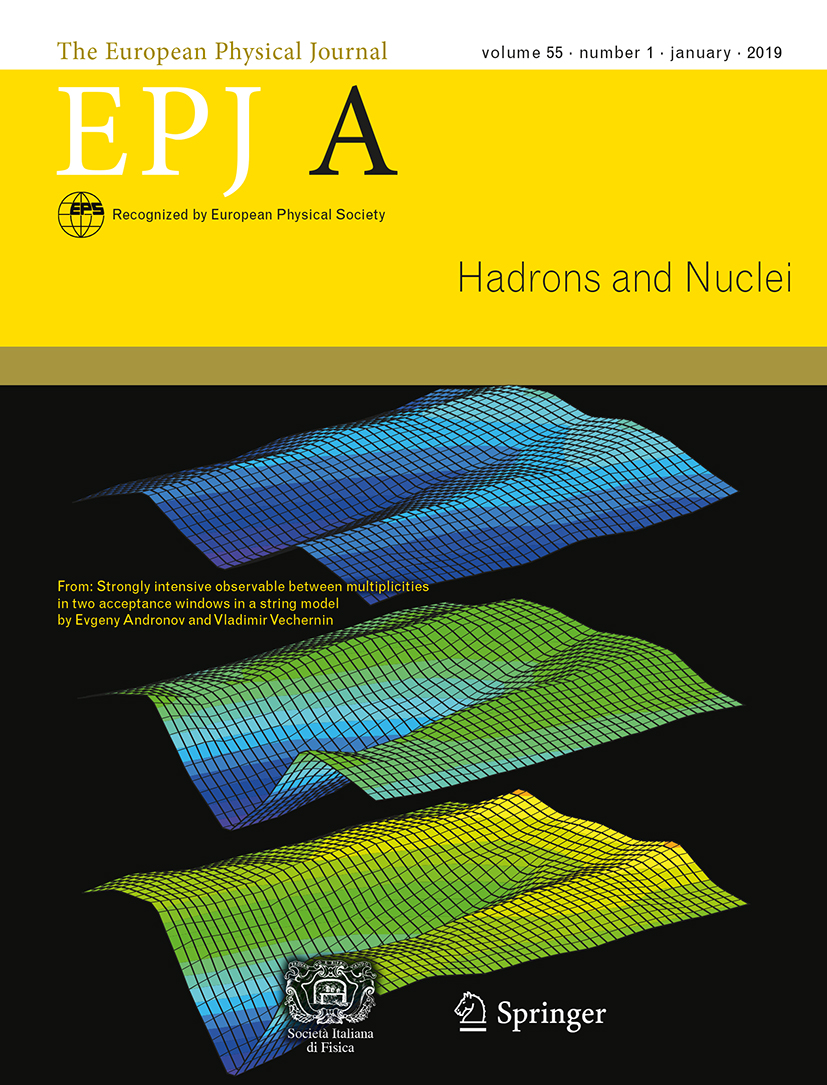EPJ A Highlight - Shape stability of pasta phases: Lasagna case
- Details
- Published on 01 March 2019

Exotic non-spherical shapes of nuclear matter, so called pasta phases, are possible because of the competition between the short-ranged nuclear attraction and the long-ranged Coulomb repulsion, leading to the phenomenon of Coulomb frustration, well known in statistical mechanics. Such complex phases are expected in the inner crust of neutron stars, as well as in core-collapse supernova cores.
The authors of the EPJ A (2018) 54:215 paper examine for the first time the stability of the «lasagna» phase, consisting of periodically placed slabs, by means of exact geometrical methods. Calculations are done in the framework of the compressible liquid drop model but obtained results are universal and do not depend on model parameters like surface tension and charge density. The stability analysis is done with respect to the different types of deformations corresponding to the eigenvalues of the deformation matrix.
Their compelling result is that this slab phase is locally stable in the whole density interval where pasta are present. Consequently, this specific phase could be present as a metastable structure in a larger density domain than previously expected, with potential important consequences on the resistivity of the crust and the cooling mechanism of neutron stars.
Sebastian Kubis, Włodzimierz Wójcik (2018), Shape stability of pasta phases: Lasagna case , Eur. Phys. J. A (2018) 54: 215, DOI 10.1140/epja/i2018-12649-4




